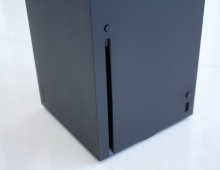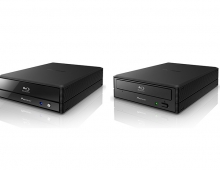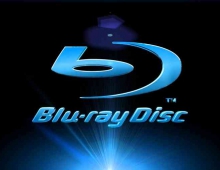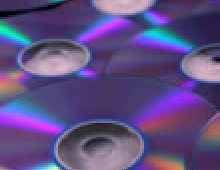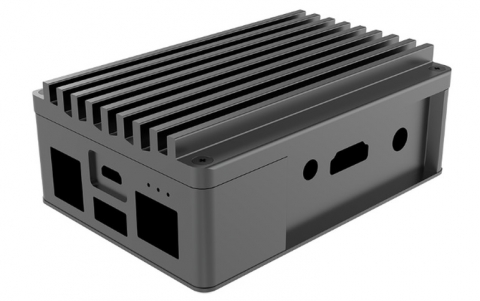
Blu-ray rivals set up promotional group
Four proponents of high-definition DVD technology will invite component manufacturers to join a group set up to help speed its commercialization, while Sony has confirmed that it will use blue lasers in its next Playstation console.
In an effort that should speed up the commercialization of GaN-based blue semiconductor lasers, four companies in Japan have set up the "HD-DVD Promotion Group".
NEC, Sanyo and Toshiba, who are all thought to have plans to manufacture blue laser devices as of next year, have joined forces with disc manufacturer Memory-Tech to promote the technology, seen as a rival to the Blu-ray format proposed by Sony and others.
Both formats use a blue laser source, but the two disc technologies are different. HD-DVD uses two back-to-back bonded 0.6 mm-thick discs - an advanced version of the technology used in current DVD players and recorders.
The Blu-ray format uses a recording layer located beneath a 0.1 mm-thick cover layer on the surface of a 1.1 mm-thick substrate. At 54 GB, Blu-ray has a larger disc capacity than HD-DVD, but the former is expected to be more expensive to manufacture.
Unlike Blu-ray, HD-DVD has been approved by the 220-member DVD Forum. Blu-ray standardization is instead being progressed through the Blu-ray Disc Association.
The four founding HD-DVD companies expect to establish the official organization in spring 2005, and say that they will invite component manufacturers, hardware companies and content holders to join them.
Meanwhile, Sony has confirmed that its successor to the Playstation 2 games console will use Blu-ray read-only memory (BD-ROM) discs, as reported on these pages last month.
Memory-Tech is one of the suppliers of DVD equipment to Microsoft's Xbox games platform, the leading rival to Sony's Playstation. Fellow Japanese company Mitsubishi owns a 30% stake in the company.
NEC, Sanyo and Toshiba, who are all thought to have plans to manufacture blue laser devices as of next year, have joined forces with disc manufacturer Memory-Tech to promote the technology, seen as a rival to the Blu-ray format proposed by Sony and others.
Both formats use a blue laser source, but the two disc technologies are different. HD-DVD uses two back-to-back bonded 0.6 mm-thick discs - an advanced version of the technology used in current DVD players and recorders.
The Blu-ray format uses a recording layer located beneath a 0.1 mm-thick cover layer on the surface of a 1.1 mm-thick substrate. At 54 GB, Blu-ray has a larger disc capacity than HD-DVD, but the former is expected to be more expensive to manufacture.
Unlike Blu-ray, HD-DVD has been approved by the 220-member DVD Forum. Blu-ray standardization is instead being progressed through the Blu-ray Disc Association.
The four founding HD-DVD companies expect to establish the official organization in spring 2005, and say that they will invite component manufacturers, hardware companies and content holders to join them.
Meanwhile, Sony has confirmed that its successor to the Playstation 2 games console will use Blu-ray read-only memory (BD-ROM) discs, as reported on these pages last month.
Memory-Tech is one of the suppliers of DVD equipment to Microsoft's Xbox games platform, the leading rival to Sony's Playstation. Fellow Japanese company Mitsubishi owns a 30% stake in the company.




